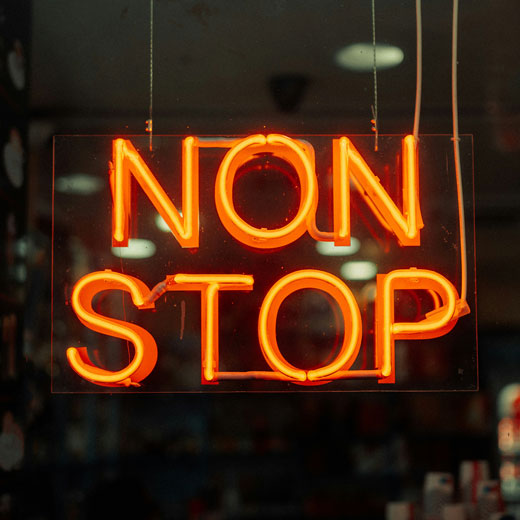Why the bean is no longer the beginning
Across cities, kitchens, and corner cafés, the morning cup has long held a kind of quiet permanence. It wakes us up, gives us pause, brings us together. But the coffee bean itself, the essential starting point, has become a fragile commodity.

In recent years, the price of coffee has spiked dramatically, driven by erratic weather, supply chain volatility, and geopolitical instability in key growing regions. Brazil, the world’s largest producer, has suffered consecutive years of droughts and frosts, sending futures prices to record highs. As the effects of climate change tighten their grip on the agricultural landscapes that sustain it, the cost of coffee, economically and ecologically, is becoming harder to ignore.
Now, a new kind of coffee is emerging. One without the bean.

Beanless coffee, built from molecular compounds, up-cycled ingredients, and fermentation processes, is gaining traction. Brands like Atomo and Compound Foods are leading the shift, using science to replicate coffee’s structure and flavour without relying on traditional agriculture. These products don’t come from a farm. They come from a lab. And yet, they deliver the taste, aroma, and hit we associate with coffee, with a fraction of the carbon footprint.
The environmental case is hard to ignore. A single cup of traditional coffee requires an estimated 140 litres of water to produce, from cultivation to cup (Water Footprint Network). Its carbon footprint, even without milk, can reach approximately 0.28 kg CO₂e per espresso (University College London) . In contrast, beanless coffee company Atomo reports that its Regular Espresso delivers 83 % fewer carbon emissions and uses 70 % less farmland than conventional coffee. Though third-party lifecycle data on water use remains limited, Atomo’s dramatic reductions in land and emissions strongly indicate a materially lighter environmental footprint.
But this shift isn’t only about impact. It’s about identity.
This isn’t coffee as we’ve known it. But it’s coffee nonetheless. And it raises a deeper question: if the drink still smells like coffee, tastes like coffee, feels like coffee, but contains no bean, what is it, really?

We’ve seen similar moments of material disruption in other industries. MyloTM, made from mycelium, has been adopted by brands like Stella McCartney and Hermès, not as a substitute for leather, but as a statement of progress. The appeal isn’t in the imitation, but in the redefinition. The same is now true for coffee. The product is changing, and with it, the story must change too.
Brands will need to find new ways to create connection, meaning, and value. Origin stories will evolve into innovation stories. Purity will give way to possibility. And the emotional resonance of coffee, its warmth, its rhythm, its role in daily life, will need to be rebuilt from the ground up.
Because this time, the future of coffee might not begin with the bean. And that’s the story worth telling.























































